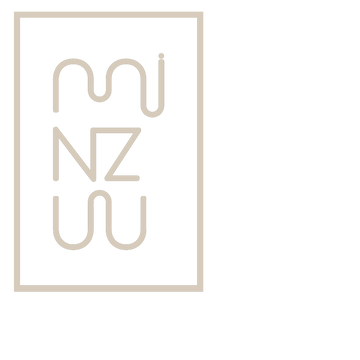The Finest from the Indus Valley

Pakistani textile art
The textile art may be the most tangible form of cultural preservation with deep roots. Pakistan cradles a long-standing tradition of weaving and embroidery ever since the Indus Valley Civilization more than 4,000 years ago.
Tens of thousands of textile workers still live in Pakistan today. The Textile Map created by Pakistani clothing company Generation proudly marks each region by their indigenous textile techniques - from cross stitch and taanka, to embroidery and beadwork. Nonetheless, on the grassroots level, traditional handloom weaving and hand embroideries face the threat of being marginalized by mass-produced products, just as anywhere else in the world.

The Pakistani Textile Map by Generation
Tens of thousands of textile workers still live in Pakistan today. The Textile Map created by Pakistani clothing company Generation proudly marks each region by their indigenous textile techniques - from cross stitch and taanka, to embroidery and beadwork. Nonetheless, on the grassroots level, traditional handloom weaving and hand embroideries face the threat of being marginalized by mass-produced products, just as anywhere else in the world.

The Pakistani Textile Map by Generation
pakistan
Pakistani Textiles
To revive Pakistani traditional textile crafts, the World Bank and Japan Social Development Fund have been funding an ongoing project in south Punjab and Sindh. Indus Heritage Trust, their partner NGO in the field, has reached over 2,600 weavers and embroidery workers in under-developed areas, offering them continuous training on how to elevate their craftsmanship and to differentiate their handmade products in the global marketplace.
"This intervention has reversed the trend of many artisans leaving their traditional trades," said Samina Mahmud, a textile designer who has been working with these artisans in the past 12 months. "[The program] encouraged artisans to return and make a good living out of their existing skills."
"This intervention has reversed the trend of many artisans leaving their traditional trades," said Samina Mahmud, a textile designer who has been working with these artisans in the past 12 months. "[The program] encouraged artisans to return and make a good living out of their existing skills."
pakistan
indus heritage trust

"Even for me, who have worked in the field of contemporary hand embroidery for over 30 years, the beautiful handwork is breathtaking!"
pakistan
indus heritage trust
Samina oversees the entire operation, from design and fabric selection to setting up the workflow. Her goal is to ensure that the end products are marketable to global customers while still capturing the essence of traditional Pakistani art. Three other designers finalize the design protocols in their head office, and field staff in various regions guide artisans through the production process. After products hit the global market, artisans receive feedback on how well each design sells in different parts of the world.
In a collection designed by Samina, motifs and colors from Sindh transform into a divine festivity. "Even for me, who have worked in the field of contemporary hand embroidery for over 30 years, the beautiful handwork is breathtaking!" She commented on the exquisite embroidery with colored yarns and golden threads. "The fact that it can turn into a source of income for the desperately poor artisans has become an incentive for me to delve deeper into this field."
In a collection designed by Samina, motifs and colors from Sindh transform into a divine festivity. "Even for me, who have worked in the field of contemporary hand embroidery for over 30 years, the beautiful handwork is breathtaking!" She commented on the exquisite embroidery with colored yarns and golden threads. "The fact that it can turn into a source of income for the desperately poor artisans has become an incentive for me to delve deeper into this field."
pakistan

Left: Dahlia Pillow designed by Samina Mahmud. Right: Painting in the Badshahi Mosque in Lahore, Pakistan.
indus heritage trust
Raana Rahim, Chair of Indus Heritage Trust, hopes the project will empower artisans to transition into self-sustaining entrepreneurs in the long run. The NGO's inclusive and socially responsible intervention has proven that if artisans were given access to training, materials, and modern marketing techniques, they would be able to translate their cultural expression into economic benefits, while at the same time showcasing the finest work of Pakistani textile art to the world.
pakistan

Words: MINZUU Photos: MINZUU, GENERATION, INDUS HERITAGE TRUST

